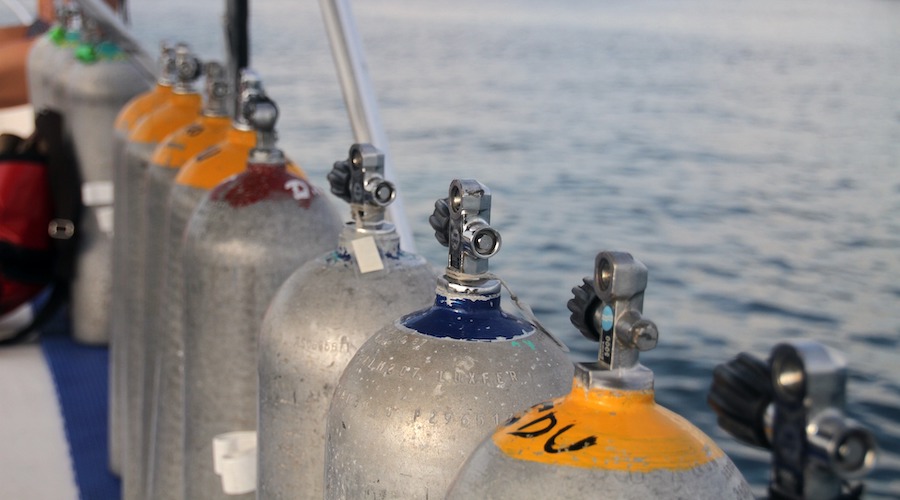
Researchers at the Chinese Academy of Sciences have fabricated two-dimensional Mn3O4 nanosheets with dominant crystal planes on graphene (Mn3O4 NS/G) as efficient oxygen catalysts for lithium-oxygen batteries, achieving ultrahigh capacity and long-term stability.
In a study published in the journal ACS Catalysis, the scientists explain that Li-O2 batteries are among the most promising devices for the green energy transition due to their high theoretical energy density. However, the poor catalytic performance of its air cathode has impeded its commercialization.
This is why – they say – it is crucial to design oxygen catalysts with well-defined shapes and high-activity crystal facets that can effectively regulate the oxygen reduction reaction and the oxygen evolution reaction at the three-phase interfaces. The problem is that this process remains challenging.
Through their testing, the researchers noticed that the Mn3O4 NS/G with the facets (101) and enriched oxygen vacancies offered a lower charge overpotential of 0.86 V than that of Mn3O4 nanoparticles on graphene (1.15 V).
Moreover, the Mn3O4 NS/G cathode exhibited long-term stability over 1,300 hours and ultrahigh specific capacity up to 35,583 mAh/g at 200 mA/g, outperforming most Mn-based oxides for Li-O2 batteries previously studied.
“This work may provide clues for engineering Mn-based materials with a defined crystal facet for high-performance Li-O2 batteries,” Wu Zhongshuai, co-lead author of the research, said in a media statement.